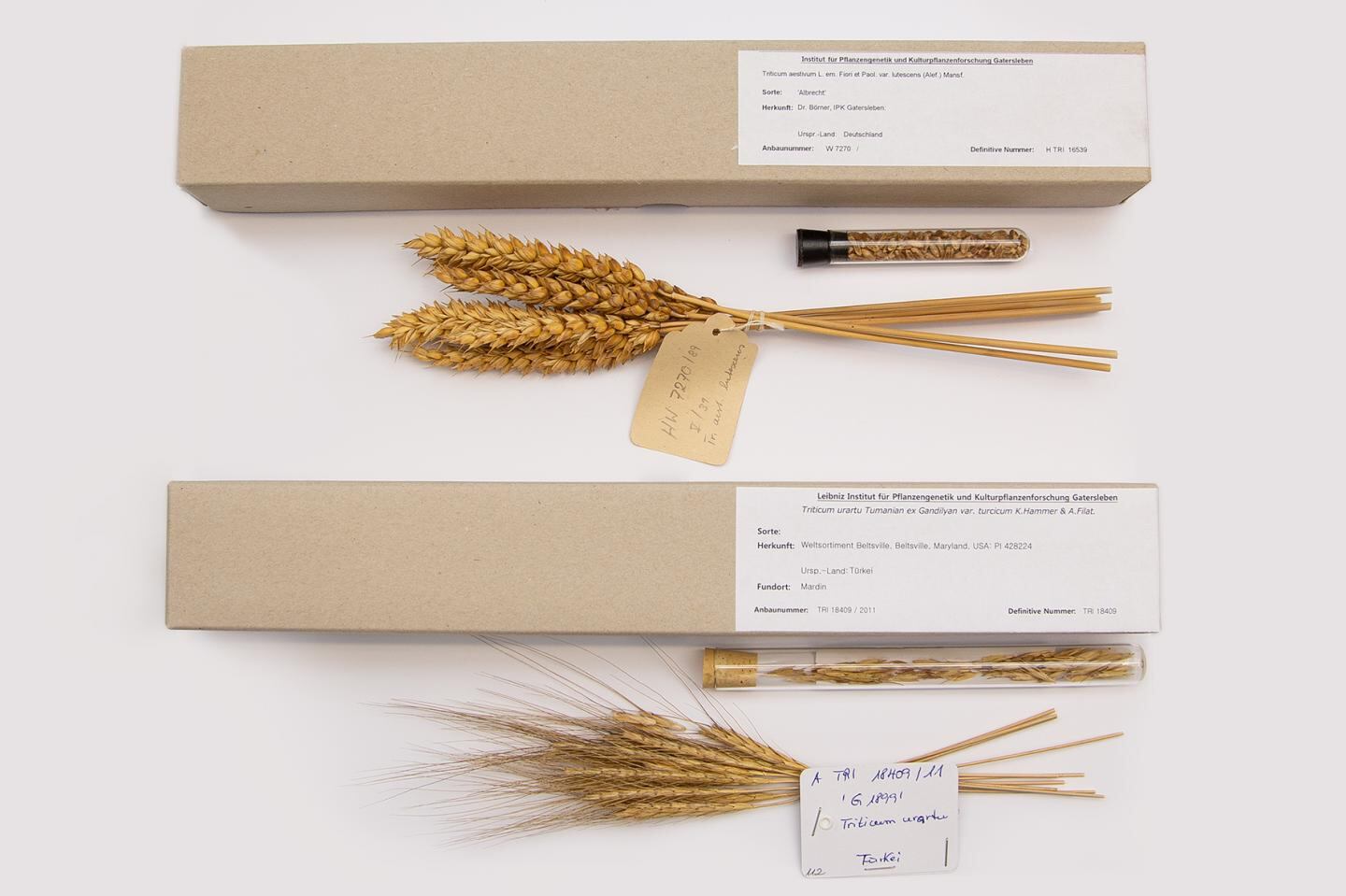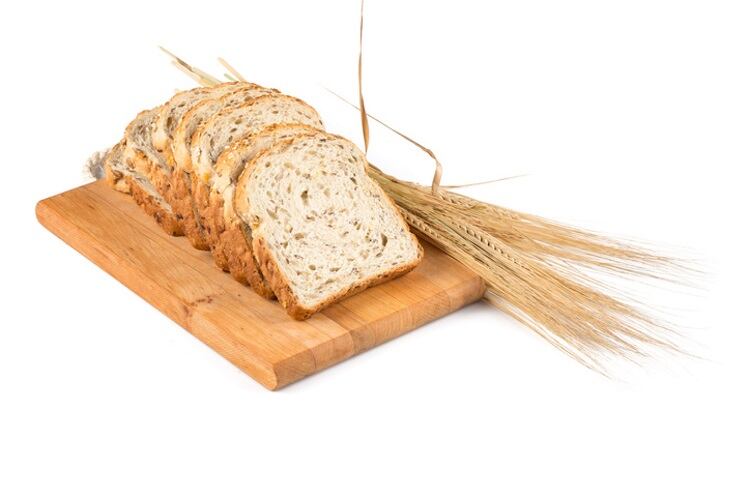Bread wheat (Triticum aestivum) is the world’s most important food crop, having evolved since the Agricultural Revolution about 12,000 years ago – in part by nature and in part by manipulation – from its primitive form (emmer wheat) into the presently cultivated species.
Except for the very warm tropics, it easily adapts to all climatic conditions and can be harvested all year round. This – together with its unique characteristic of possessing a ‘viscoelastic storage protein complex’ called gluten – makes it a staple food for billions of people around the world.
For several years, though, the average yield increase of wheat is stagnating, thanks to global warming. In fact, earlier research estimated wheat production would fall by 6% for every 1°C increase in temperature.
Wheat footprint
The evolution of wheat is an intricate saga of hybridization and genepool additions by humans as a result of domestication and cultivation, which has led to the allohexaploid (with six sets of chromosomes) Triticum aestivum that we know as bread wheat.
Around 90% of the wheat produced in the world is T. aestivum, also referred to as hard wheat or soft wheat, depending on grain hardness.
T. aestivum is mainly ground into flour (whole grain or refined) for the production of a large variety of leavened and flat breads, and for the manufacture of a wide variety of other baking products.
The rest is mostly durum wheat (Triticum durum) used to produce semolina (coarse flour), which is the main ingredient in pasta making. Some T. durum is milled into flour to manufacture the medium-dense breads found in Mediterranean and Middle Eastern countries, and some into a coarse grain used to produce couscous.

While farming today uses a multitude of high-yielding varieties adapted to a wide range of environments, there is still the need to breed new varieties of bread wheat to adapt to the changing climate.
To assist plant breeders to breed new wheat cultivars with new and improved traits, a group of international researchers has catalogued the genetic diversity of 487 wheat genotypes from around the world.
Utilizing the sequence of the bread wheat called Chinese Spring – used by the International Wheat Genome Sequencing Consortium (IWGSC) to map the highly complex DNA sequence code of wheat – the researchers compiled a comprehensive overview of wheat’s evolution and genetic diversity, opening new avenues for modern selective wheat breeding.
The study – published in Nature Genetics – is seen as another important step towards the assembly of the ‘pan genome’ of wheat – the description of all the genes and genetic variations within wheat.
It can also be utilized by breeders to improve the plant’s genetic traits to improve yield and disease resistance, and adapt better to climate change.
Moreover, it highlights the world’s history as farmers.
Studies
Tracing the ancestry of modern bread wheats
Authors: Caroline Pont, Thibault Leroy, Michael Seidel, et al.
Nature Genetics, 2019; 51 (5): 905 DOI: 10.1038/s41588-019-0393-z
Rising temperatures reduce global wheat production
Authors: S. Asseng, F. Ewert, P. Martre, et al.
Nature Climate Change, 2015; 5: 143-147




